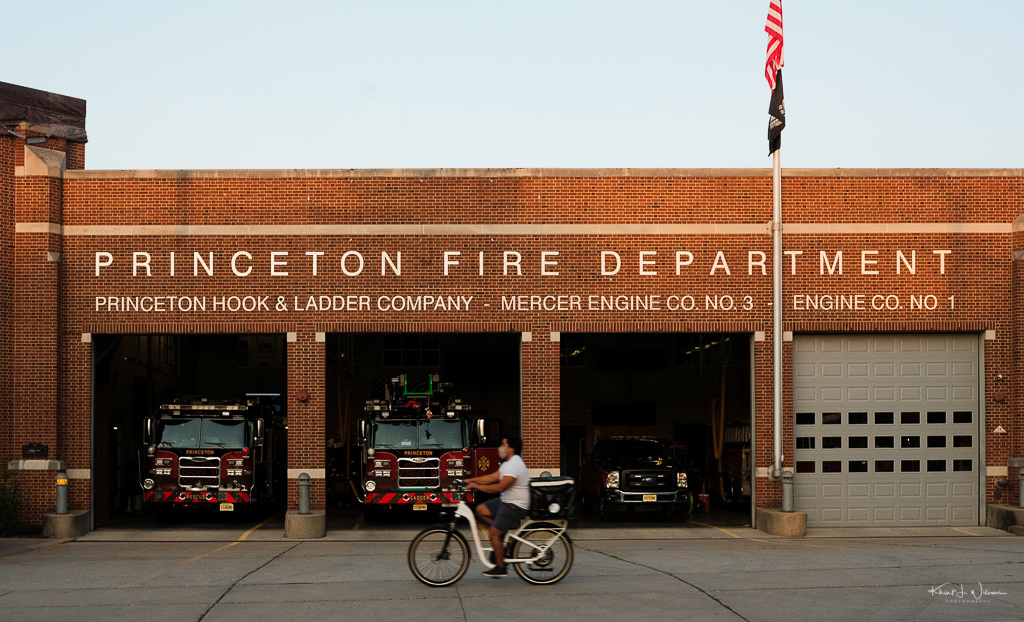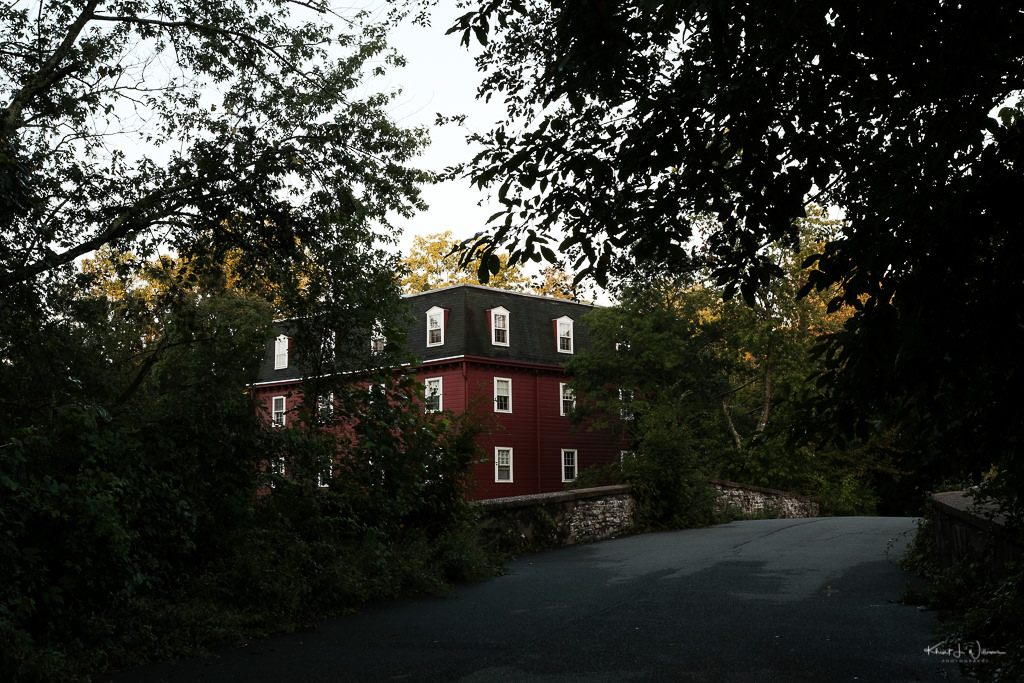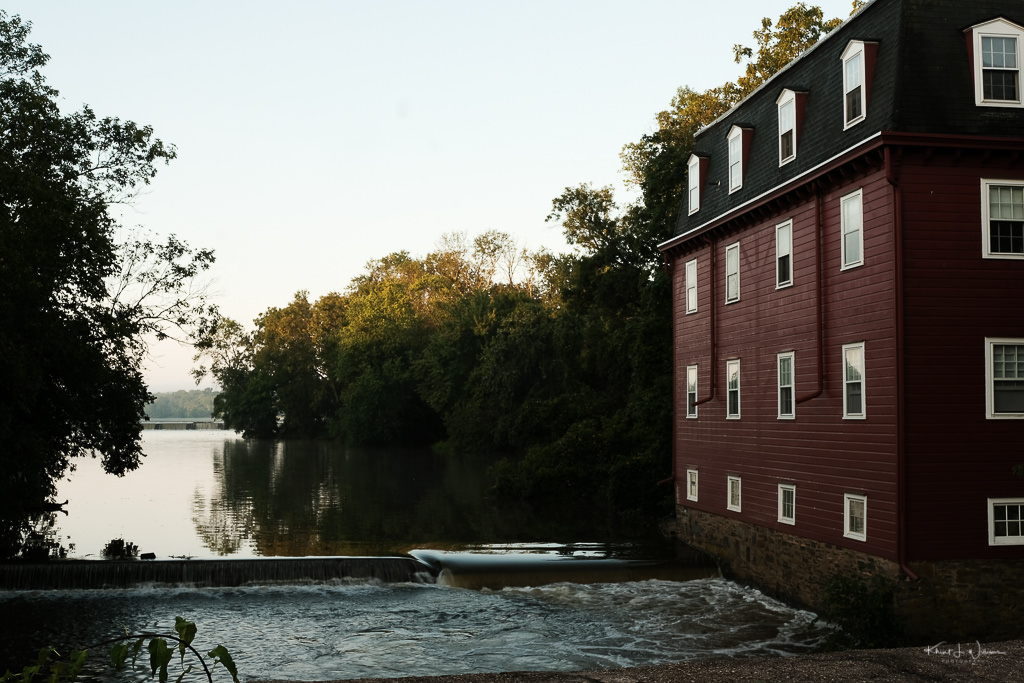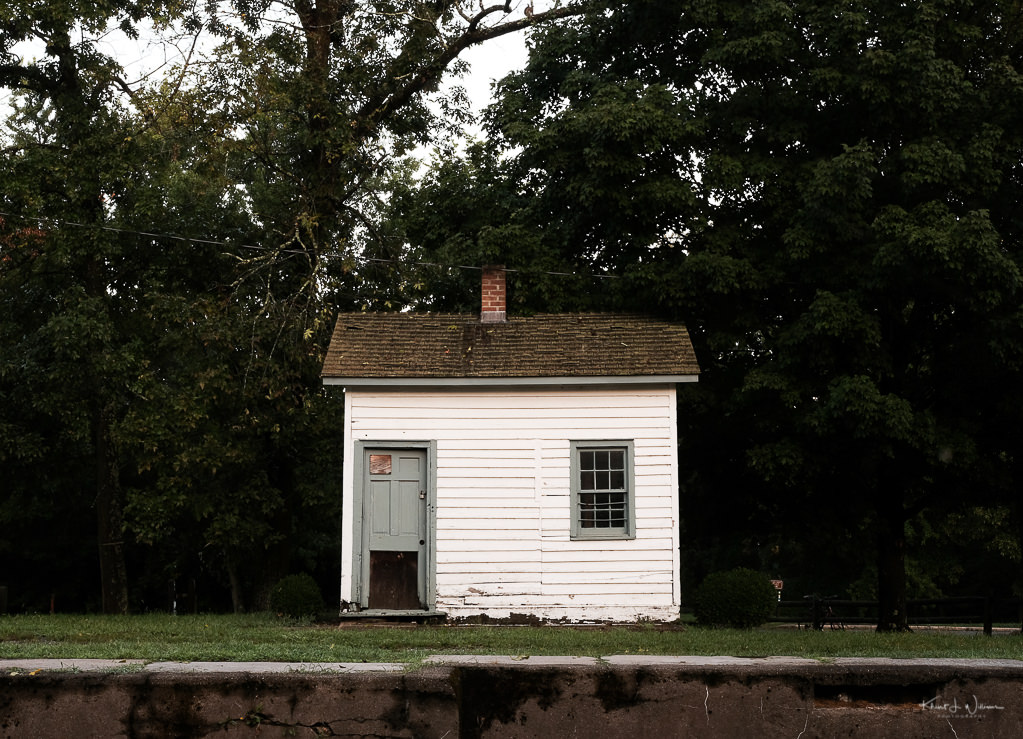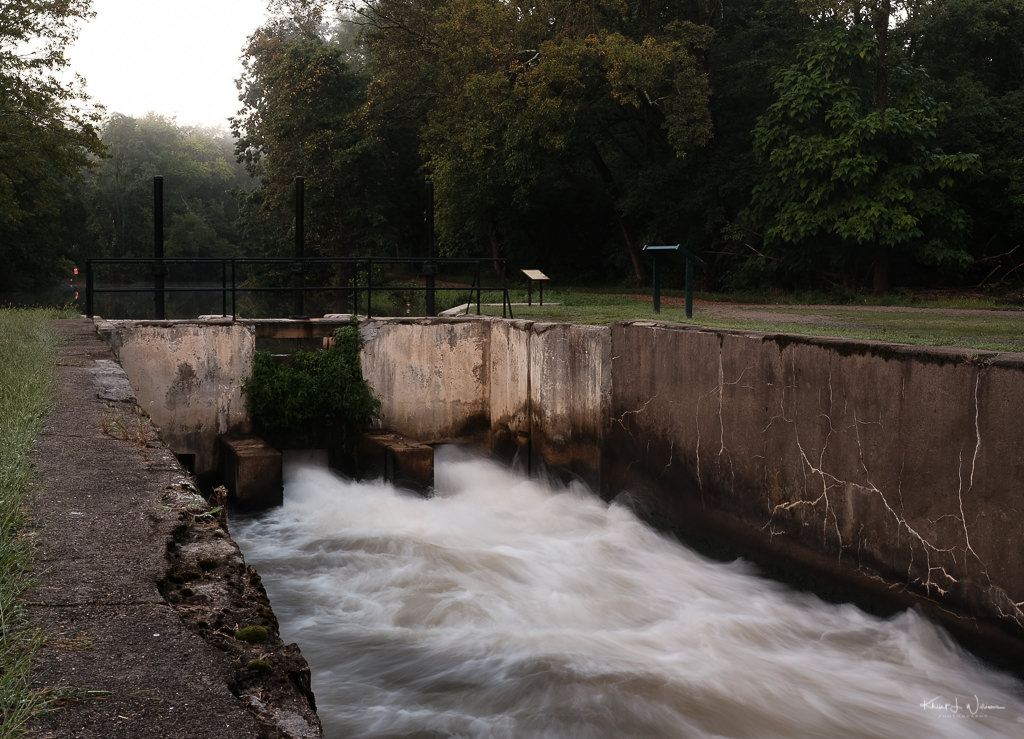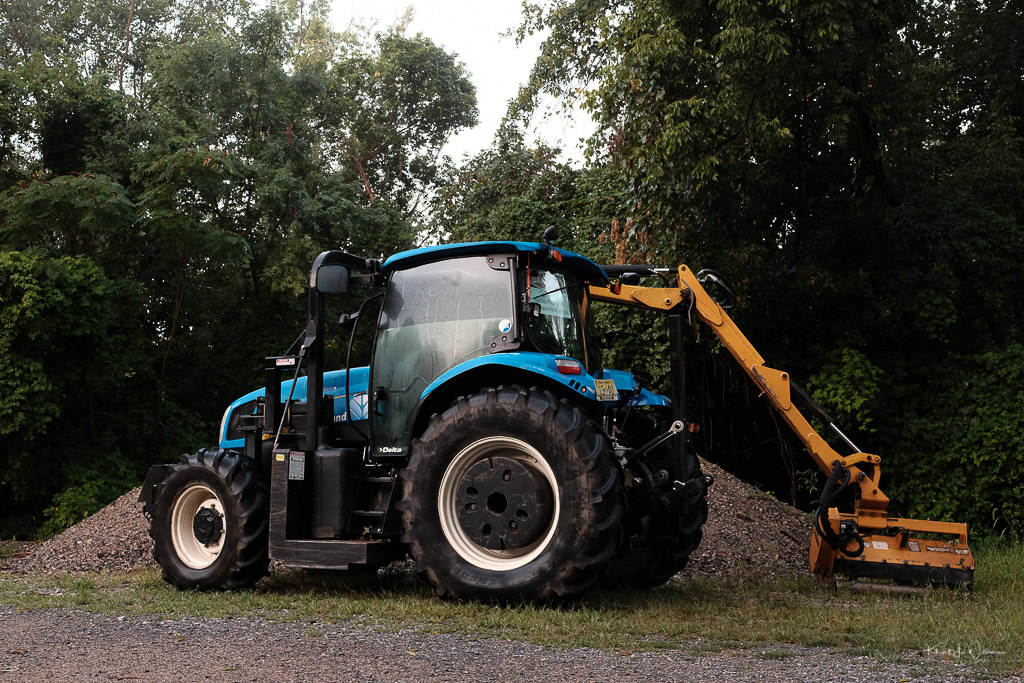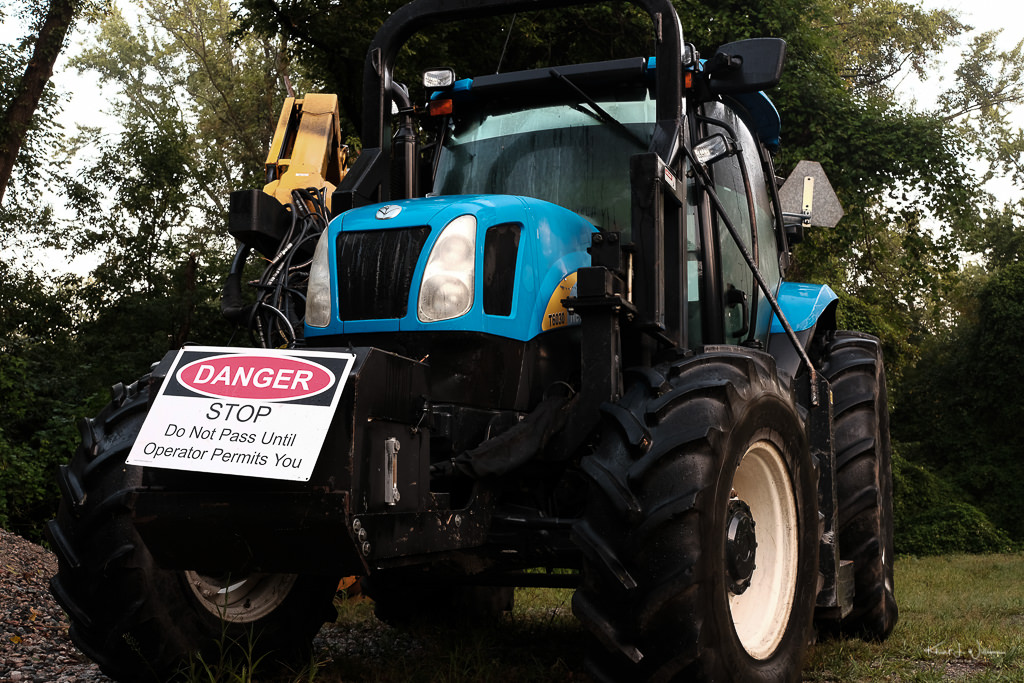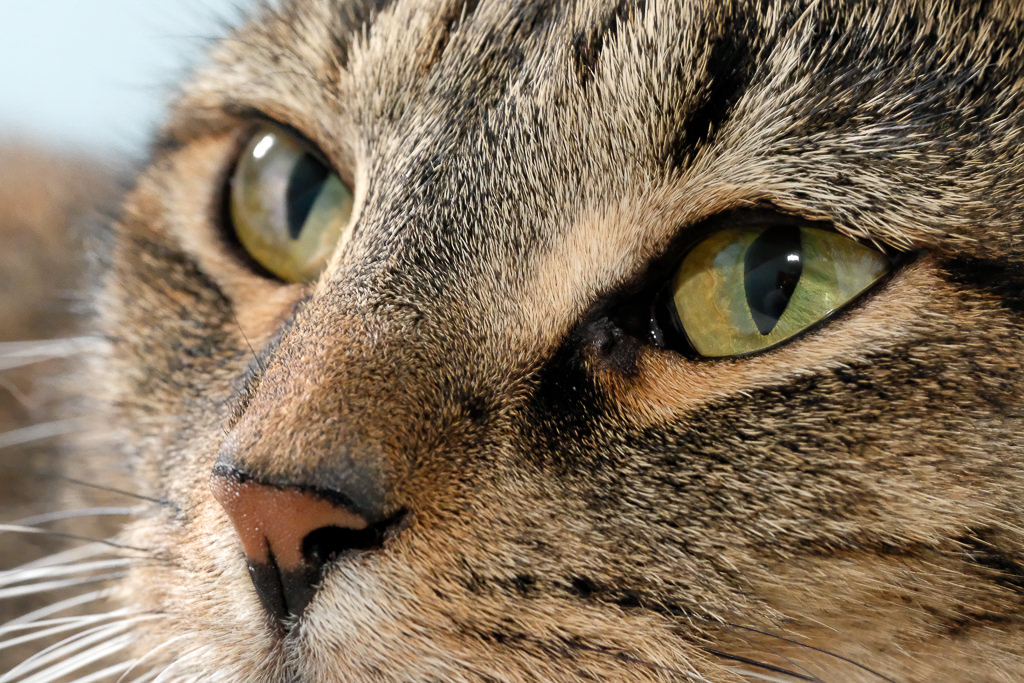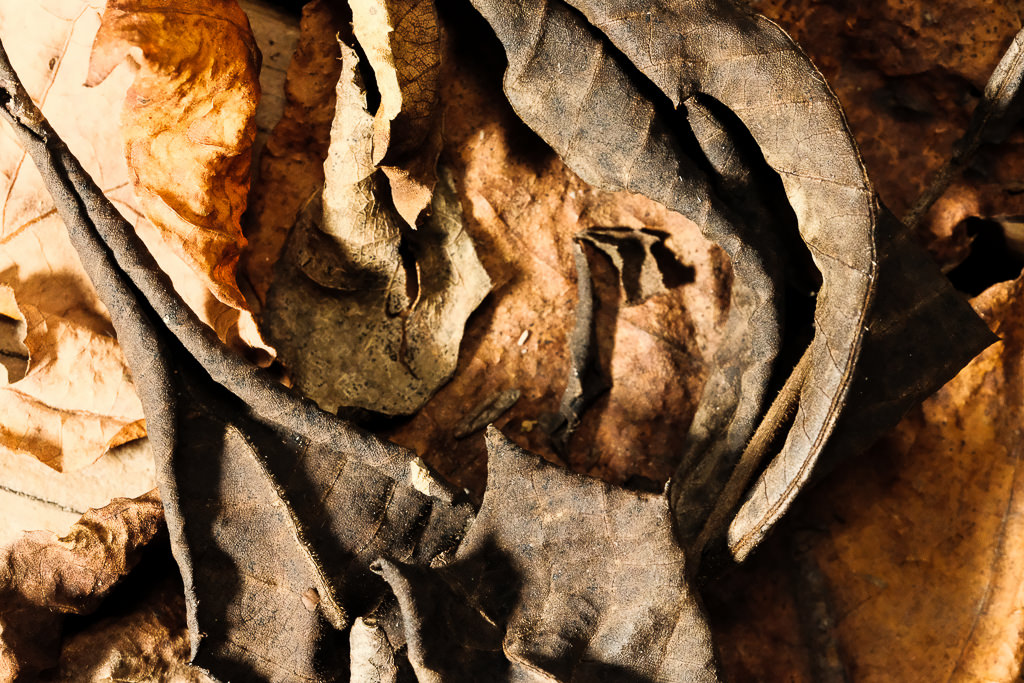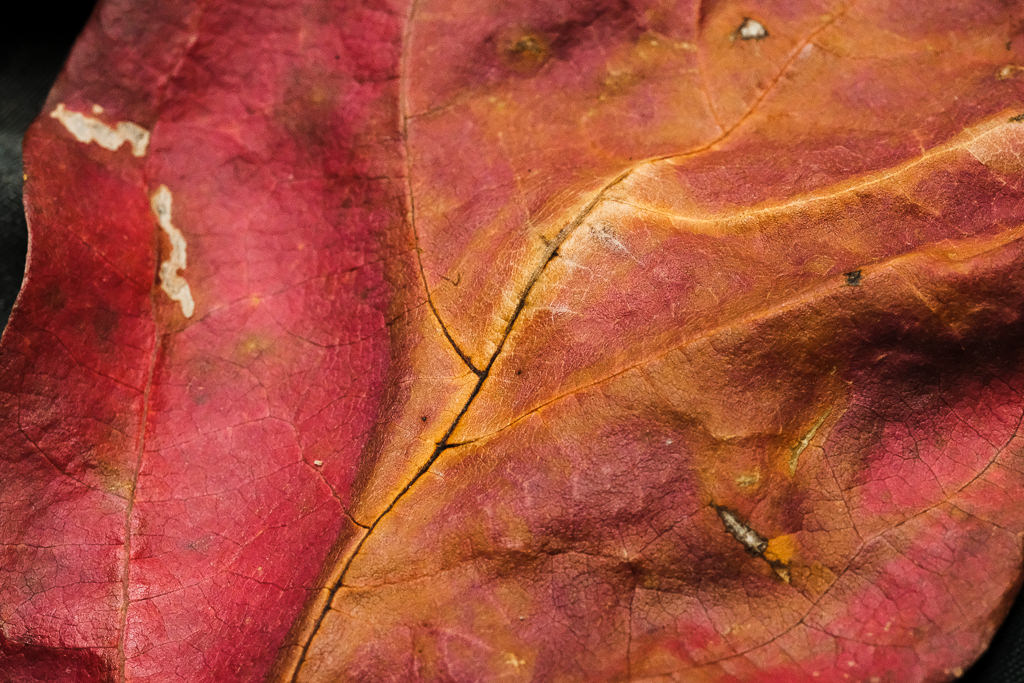The history of fire fighting in Princeton starts in 1757 with the creation of the College of New Jersey which later became Princeton University. According to an article by Jonathan E. Glas, a past active member of Princeton Hook & Ladder Company:
Without forming any group or association specifically for that purpose, the College was able to provide fire protection by supplying its students and faculty with all the necessary tools. In fact, they performed this task so well at times that many observers assumed that a trained "Fire Brigade" did indeed exist in Princeton.
However, by 1787 it was becoming clear that the students were not equipped or adequately trained to fight large fires and could not provide service beyond the immediate vicinity of the college. In 1788, a group of concerned citizens gathered at the Sign of the College tavern (this would later become Nassau Inn) and resolved to create a fire company.
While the decision to form a volunteer fire company had been made at this meeting, two more meetings would be held that month to actually organize it. Thirty-one individuals would return to the tavern on the 18th to sign their names to its Constitution. The following Monday, its officers were elected for the coming year and the entire membership was divided into four classes of firemen. Its initial organization completed, the Princeton Fire Company turned its efforts towards acquiring the equipment it needed to effectively fight a fire.

The Princeton Fire Company continued to grow. However, by the 1830's some poorly made decisions led to the resignation of several members and the formation of a second, independent engine company.
In August of 1832, a "new Fire Company" petitioned the Common Council of Princeton, "for a space of ground immediately below the Town House, to locate their Engine House upon." However, while the Council spent the next several months considering the request, this new company found another suitable location and by November had already moved its engine house onto that site.
On February 1, 1833 the town's second fire company was officially incorporated with the New Jersey State Legislature as the Resolution Engine Company of Princeton.
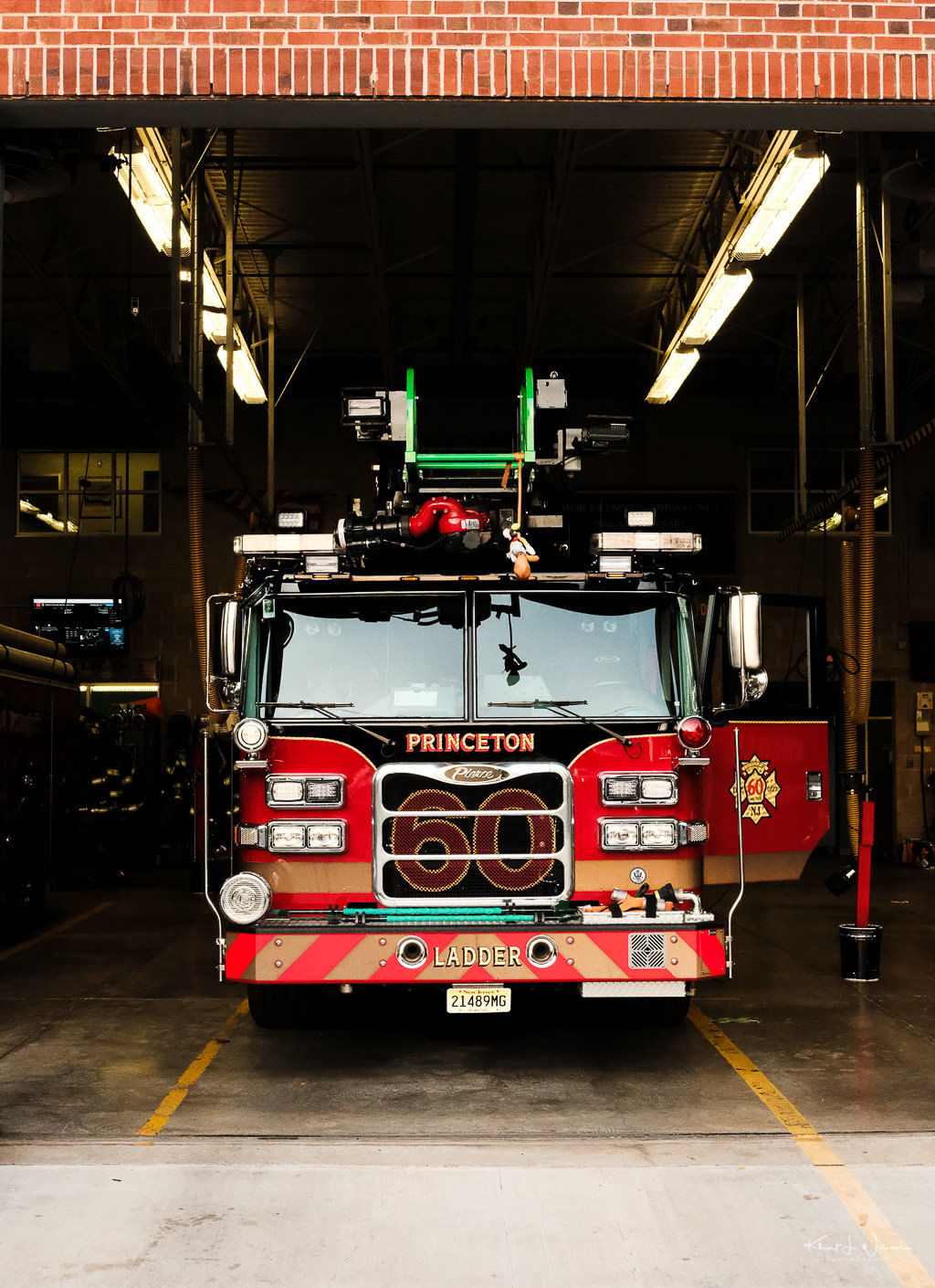
Both fire companies existed within the town until but neither would be it's last.
In 1788 a small group of Princetonians, with only their time and energy to offer, organized themselves to provide the town with fire protection. For the next 200 years, their descendants and newcomers alike, struggled to overcome the lack of equipment, organization; financial resources, and inadequate supplies of water.
Submitted for the 100DaysToOffload project.
Submitted for the Lens-Artists Photo Challenge #113: A Labor of Love in honour of brave men and women everywhere.
